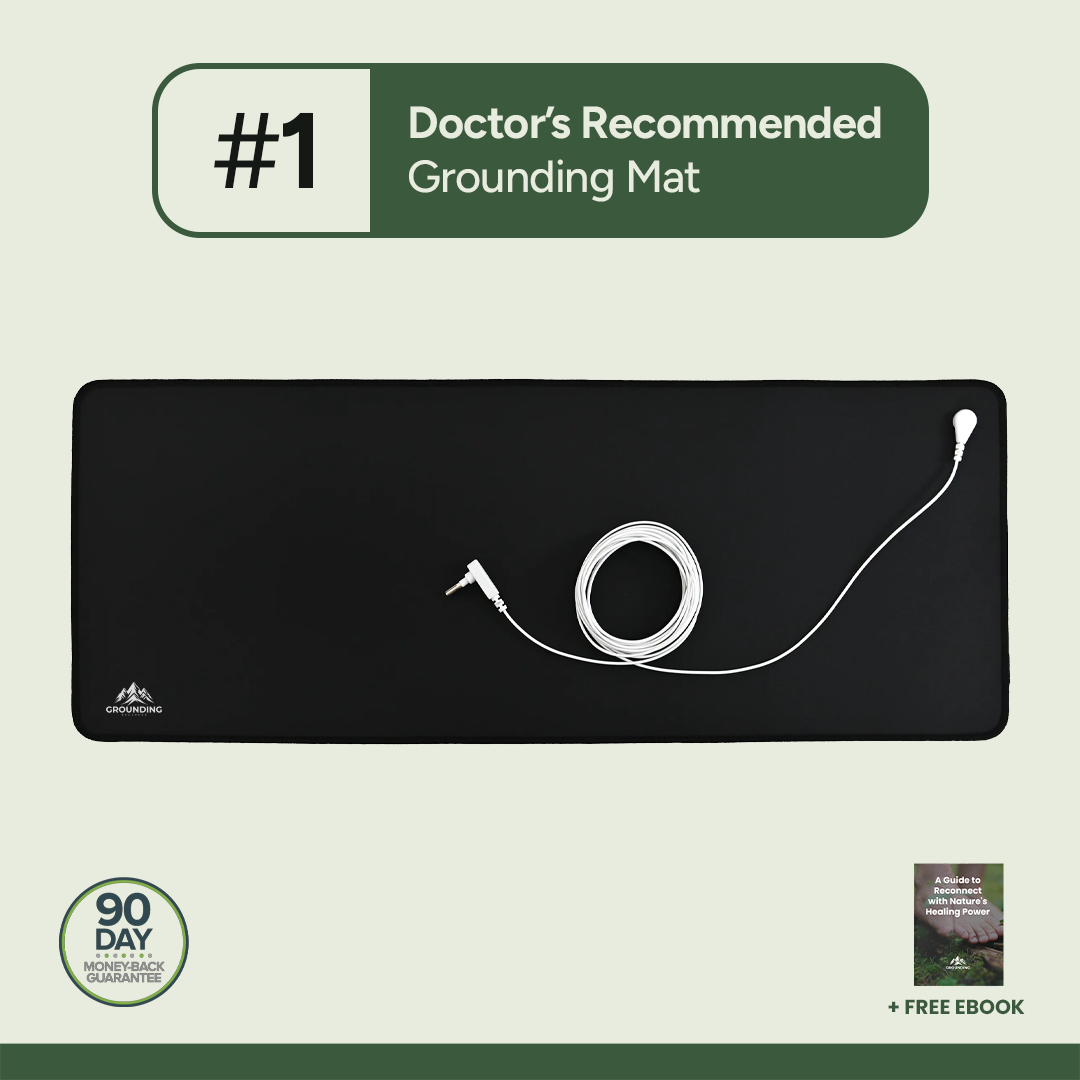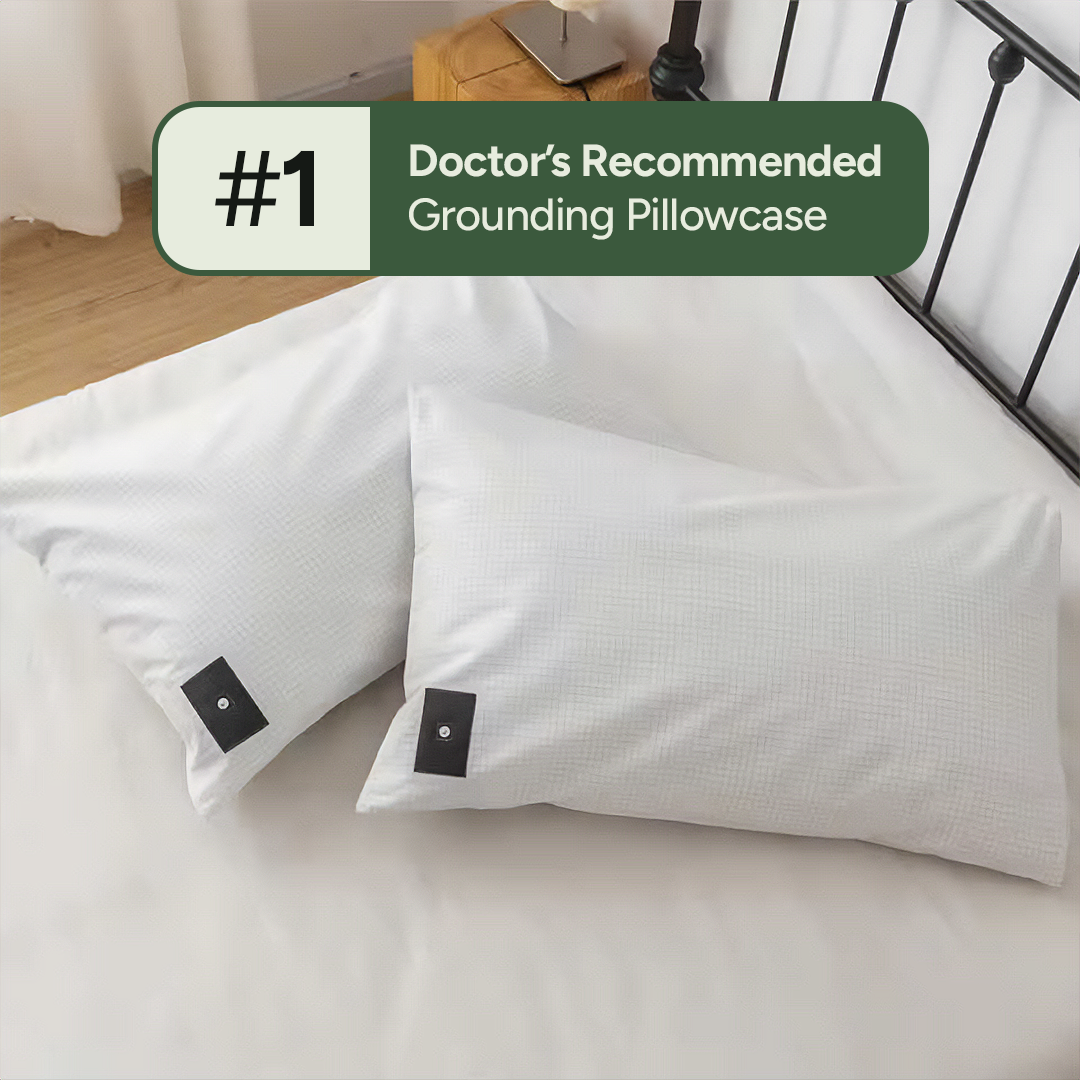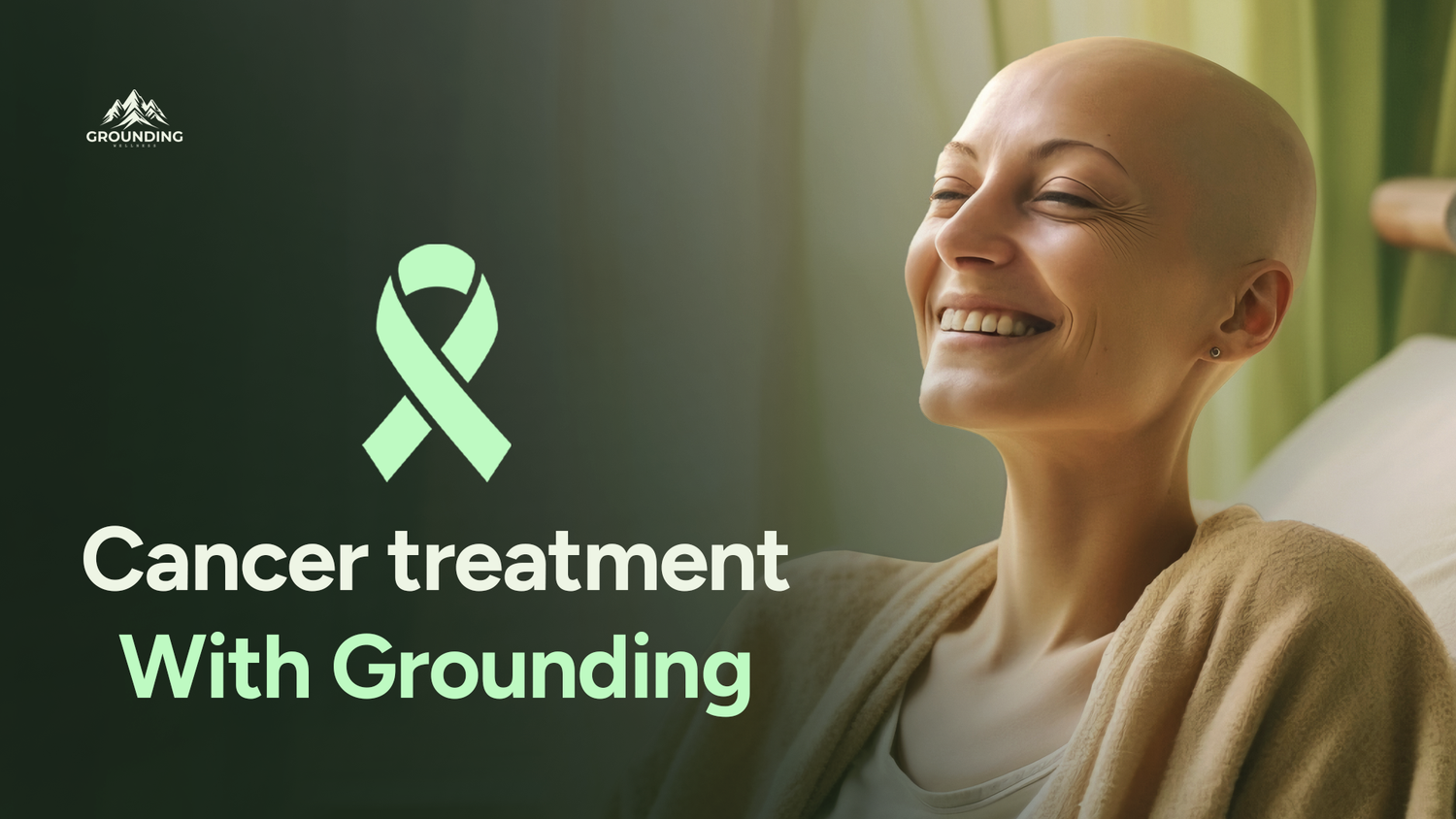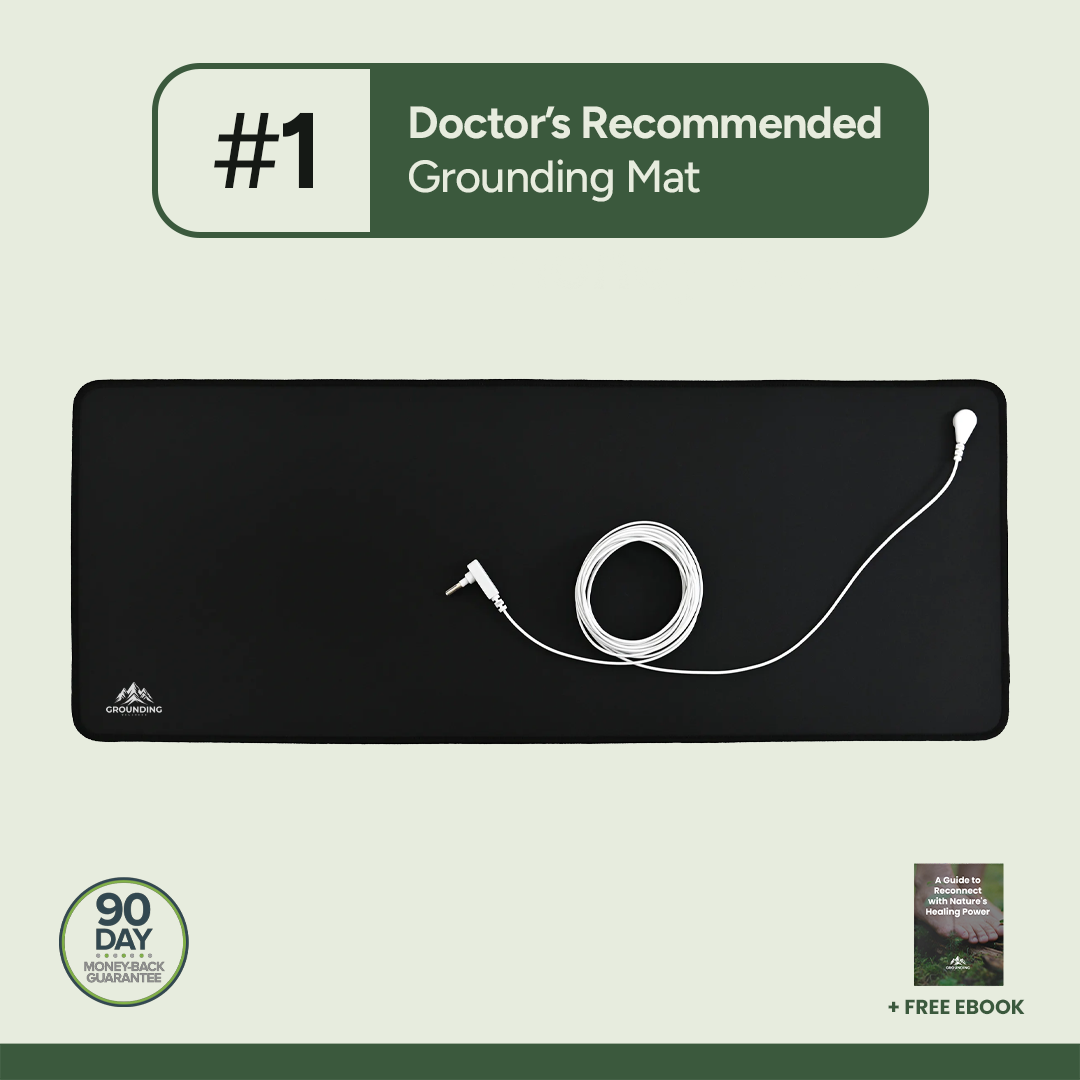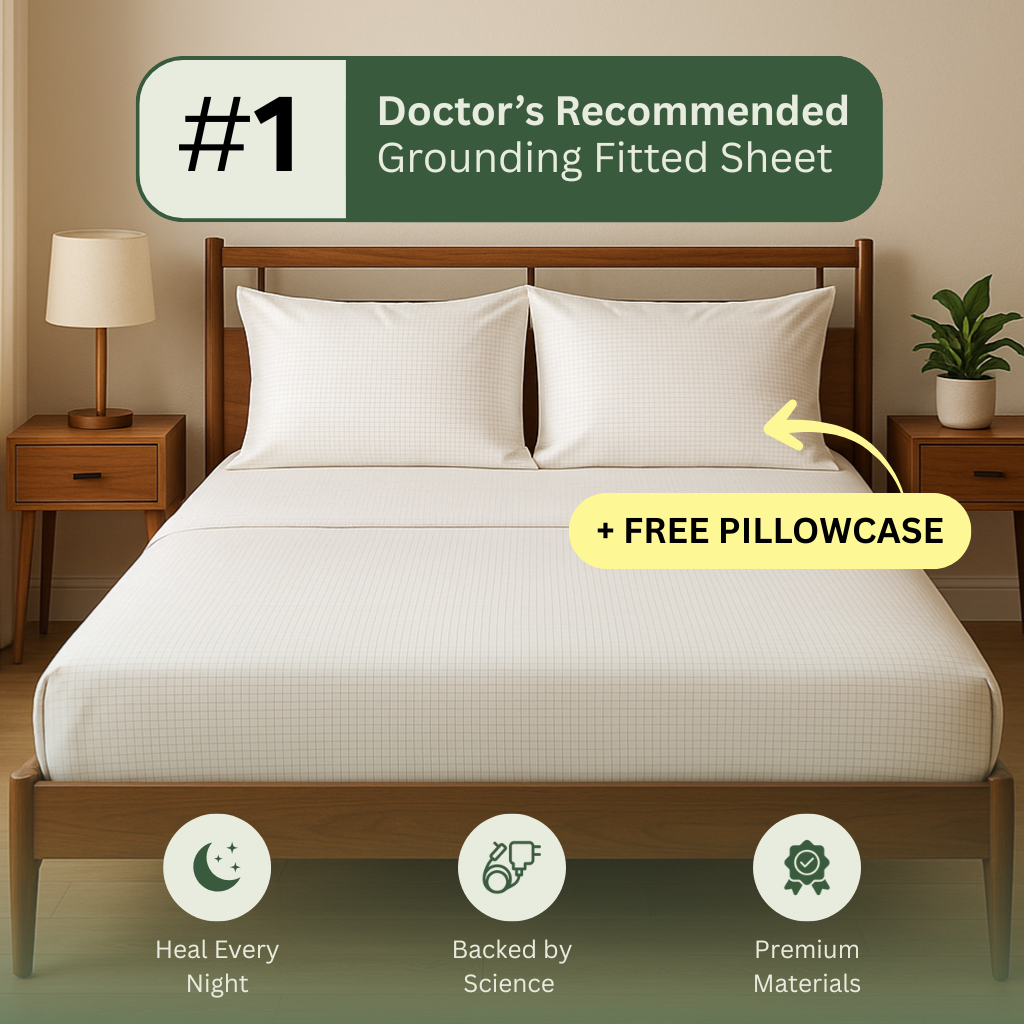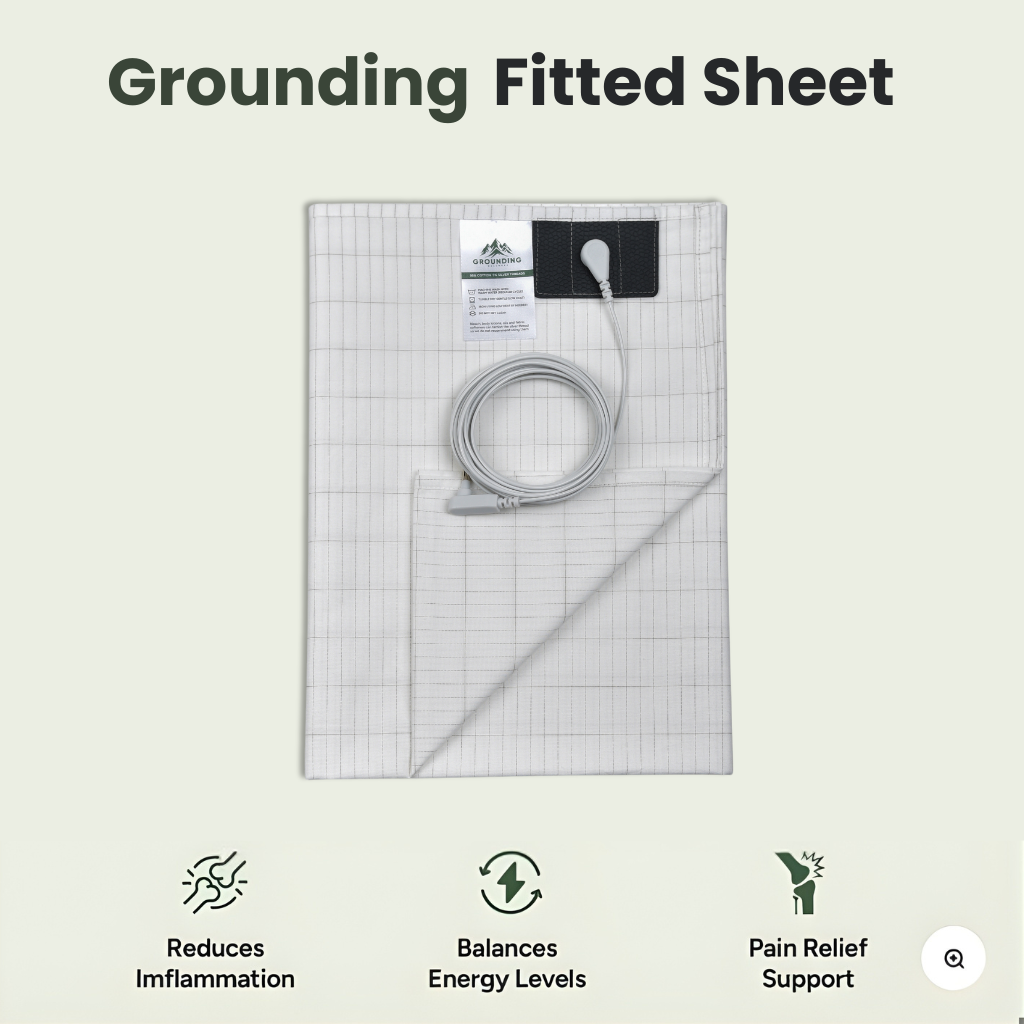In the fight against cancer, many patients may seek to supplement holistic and alternative means alongside traditional medical treatment. While chemotherapy, radiation, and surgery are integral in any cancer treatment program, some of the alternative therapies have been, say, earthing and grounding.
These are methods that deal with reconnecting with the natural energies of the Earth to reduce stress, enhance sleep, and promote general wellness. But how well does grounding for cancer care, and in what way might it affect an entire cancer treatment program? Let's find out from science, benefits, and how grounding applies to holistic cancer care.
Understanding Earthing and Grounding
Earthing, also known as grounding, is the practice of making direct physical contact with the Earth's surface, such as walking barefoot on grass, soil, or sand. The Earth's surface is rich in free electrons, which are believed to neutralize free radicals and eliminate inflammation within the body when absorbed.
There are a few ways to ground something:
- Walking barefoot: Connection with the Earth directly.
- Using grounding equipment: Mats, sheets, or patches that are intended to simulate contact with the energy of the Earth.
- Immersing nature water: in oceans, rivers, or lakes.
Having a direct tie to the Earth is one of a few ways of grounding. They realign the body's electric charge for physical and psychological balance, more especially in the case of stress-filled conditions such as cancer.
Matching the Science to Grounding in Cancer Care
Based on what research says, the main causes of cancer development include inflammation that remains chronic, as well as oxidative stress. Those illnesses can continue to propagate by grounding the human body and restoring its natural electrical tone.
One of the studies published in the Journal of Environmental and Public Health emphasized the anti-inflammatory effect, improvement of immune response, and acceleration of wound healing brought about by grounding. Such effects can be beneficial during a cancer treatment program, under which patients often experience marked increases in stress, fatigue, and pain, which can be intensified by intensive treatments.
In addition, grounding improves the autonomic nervous system balance, primarily through vagal tone enhancement, which is essential for stress tolerance and immune function regulation. In cancer patients, this shift may reflect better mental and physical health outcomes.
Additionally, grounding may help improve sleep quality. Sleep plays a vital role in cancer recovery since it allows the body to repair cells and mount an immune response. By normalizing cortisol levels, grounding reduces insomnia, a significant challenge in cancer patients.
Benefits of Grounding for Cancer Patients
Although grounding is not a standalone treatment, it has several potential benefits if incorporated into a comprehensive cancer treatment program:
1. Reduced Stress and Anxiety:
A cancer diagnosis and subsequent treatments are immensely stressful.
Grounding-induced relaxation, which, through activation of the parasympathetic nervous system, decreases cortisol levels. A reduction in stress can improve treatment outcomes since an overactive immune response can reduce treatment efficacy and negatively impact mental health.
Research indicates that stress reduction from grounding provides improved emotional resilience, an indispensable component of coping with the rigors of cancer treatments. Patients typically report feeling less anxious and a greater sense of control following regular grounding sessions.
2. Boosts Energy
Fatigue is a common side effect of chemotherapy and radiation. Grounding restores the body's natural energy by balancing electrical charges, which can enhance stamina and decrease lethargy. Restoring energy via grounding can be especially effective for those patients who are receiving light exercises as part of their recovery process, such as yoga or stretching. Movement and grounding together enhance bodily vigor further.
3. Pain Relief
Chronic pain is another issue many cancer patients face. Studies prove that grounding reduces pain perception by affecting the central nervous system and decreasing inflammation. Therefore, grounding for cancer is a promising adjunct therapy.
For instance, one study on the effects of grounding found that patients in the recovery process after surgery reported considerable pain reduction, which closely relates to patients undergoing treatments related to cancer.
4. Improved Sleep
Poor sleep limits the body's healing capabilities. Grounding restores normal circadian rhythms, resulting in easier falling asleep and waking up refreshed. Better sleep boosts the immune system and contributes to better recovery.
Cancer patients experience various side effects, some of which include difficulties sleeping or even insomnia or waking up very often due to discomfort. Such patients will benefit from nighttime grounding, sleeping on a grounding mat, or using grounding sheets.
5. Immune System Enhancement
A robust immune system is instrumental in fighting cancer. Grounding helps minimize inflammation and oxidative stress, which means that it may strengthen the immunity of the body, thereby seeing more cancer treatment effects.
A proper immune response will not only slow cancer progression but will also make the body more amenable to treatment by such agents as immunotherapy that awaken the immune system to act against the disease.
Grounding For Cancer Treatment Program:
Grounding is easy to adapt and inexpensive as part of the cancer treatment program. Here are some practical ways to achieve it:
1. Barefoot Walking Daily
Encourage patients to walk barefoot on the organic surfaces of areas, e.g., grass and sand, for around 20-30 minutes daily. Such contact permits the absorption of Earth's electrons into the body.
2. Grounding Products
Suppose one cannot get outdoor grounding with barefoot walks; in that case, there are grounding mats, sheets, and patches that provide a convenient portable alternative, as these connect to a grounding outlet and simulate the effects of direct contact with Earth.
The grounding mats can also be placed under desks or on the floor to allow patients to be grounded while engaged in common activities such as reading, working, or resting.
3. The Use of Meditation and Grounding
Simply merging mindfulness meditation with grounding practices enhances the calming effects. Patients can sit on the grass or use a grounding mat while focusing on deep breathing and positive visualization. Adding affirmations for gratitude practices during grounding sessions can further enhance emotional healing and stress reduction.
4. Nature Immersion
Encourage gardening, forest walks, or swimming in natural bodies of water. These practices enhance grounding while providing additional emotional benefits from nature therapy.
5. Grounding During Treatment
Patients can utilize grounding products during chemotherapy sessions or recovery periods. This can help manage side effects such as nausea, fatigue, and anxiety.
Some cancer care centers are now experimenting with incorporating grounding practices into their recovery rooms and offering mats or equipment to patients receiving infusion treatments.
Addressing Common Concerns About Grounding
Is Grounding Safe for Cancer Patients?
Yes, grounding is safe and non-invasive. However, patients with specific medical conditions, such as those using implanted medical devices, should consult their doctor before using grounding equipment.
Can Grounding Replace Conventional Cancer Treatments?
Grounding should never be used to replace standard treatments like surgery, chemotherapy, or radiation. It's a complementary therapy to enhance the overall effectiveness of a cancer treatment program.
How Soon Can Results Be Seen?
Some patients report immediate benefits, such as reduced pain or improved sleep. For others, consistent grounding over weeks or months may be required to notice significant changes.
Grounding and the Future of Holistic Cancer Care
The medical community increasingly embraces integrative medicine, with practices like grounding gaining recognition. While more research is needed to establish definitive links between grounding in cancer care and treatment outcomes, the current evidence is promising.
It's this approach that enables grounding to potentially play a key role in building a balanced, patient-centered approach to healing, specifically for cancer. Combined with proper medical care and lifestyle changes, grounding can help make a cancer treatment program more effective, potentially making the patient's quality of life better.
Final Thoughts
The cancer treatment journey is arduous, yet holistic therapies such as grounding do bring hope and relief. Grounding helps reduce stress, manage pain, and support immune health, and it supports conventional approaches in creating a rounded cancer treatment program.
For patients looking for natural, non-invasive methods to enhance their care, grounding for cancer is an easy but powerful practice. Whether it involves walking barefoot in the park or using grounding products.
in one's home, reconnecting with the Earth might just be the proverbial step toward leading a holistic approach to healing. In embracing both science and nature, we might just create a brighter path in cancer care, one that nourishes the body, mind, and soul.





